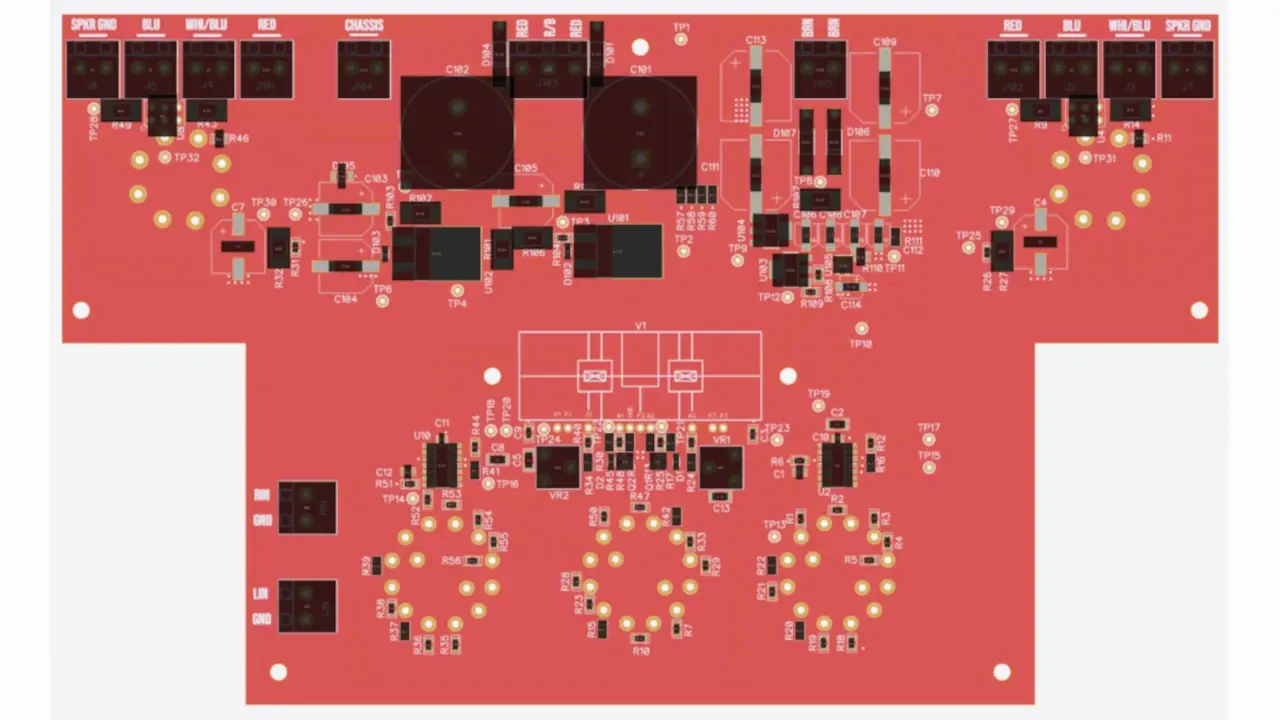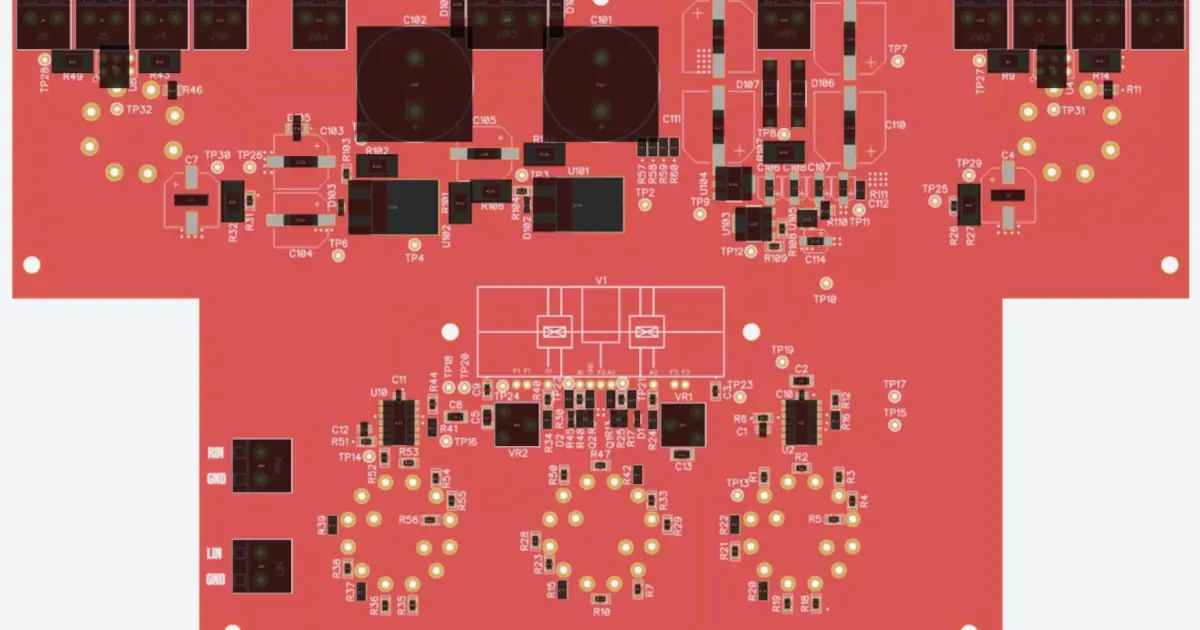
Related Topics
It is Probably Safe
Stephen's rebuild of the CNC is getting close to being completed but first he needs to modify his gantry carriage for the new water cooled spindle!
Mach 3 Cheeseburgers
Mach 3 Cheeseburgers, Simulations for the PinoTaur mosfet drivers, and more on this episode of the MacroFab Podcast.
Leeroy Jenkins Transistor
Parker gets test results from his APA-102C experiments and Stephen wraps up REV2 of the MacroAmp!
Other Resources
Circuit Break Podcast
Webinars
Videos
Tour MacroFab's ITAR-Compliant Facility
June 26, 2019, Episode #178
Check out our new MacroFab Design Contest: Useless Machine Sponsored by Mouser Electronics!
First “Entry” by Gerben! This must be made.
Josh Rozier
- Transformer Shop Story
- What is different between a power transformer and an output transformer?
Parker
- DOOM SAO
- EEPROM interface working for single read and write bytes
- Functionality of the base firmware for the Screen functionality
- Shows the normal Face.
- GPIO 1 on the SAO connector toggles where the Face looks
- EEPROM address locations for “damage” and “anger”
- Github still needs to be cleaned up before public
Stephen
- MacroAmp
- Enclosure and other parts arrive tomorrow
- Thank you to Mouser Electronics for sponsoring this project!
- Kraig Brewing Controller
- Creating a new controller for controlling my beer fridge
- 6 temperature probes
- DS18B20
- Averaging is useful
- Wifi Connectivity
- Silicon Labs solution
- External Antenna
- Processor
- Silicon Labs
- Screen and a few buttons
- Takachi Enclosure
R.F.O.
- Confirmed: NASA Has Been Hacked
- An audit document from the U.S. Office of the Inspector General was published by NASA this week which revealed that an unauthorized Raspberry Pi computer connected to the Jet Propulsion Laboratory servers was a targeted vector by hackers, who used it to move further into the NASA network. Supposedly, the hackers got as far as the Deep Space Network array of radio telescopes and other JPL systems.
- Research Platform FLIP (FLoating Instrument Platform)
- 355-foot-long research platform that can be deployed for oceanographic research
- Automated Dice Tester Uses Machine Vision To Ensure A Fair Game
- 62-page report of results
- Some dice are inherently not fair due to manufacturing process
- Raspberry Pi 4 Released
- Type-C for power
- USB 3.0
- MOAR RAM
- Gigabit
- 2 HDMI ports and 4K resolution
- GE Light Bulbs Reset Procedure
- Taking the internet by storm
- Involves lots of on and off
- How would you implement a reset procedure with only a binary input?
Visit our Public Slack Channel and join the conversation in between episodes!
About the Hosts
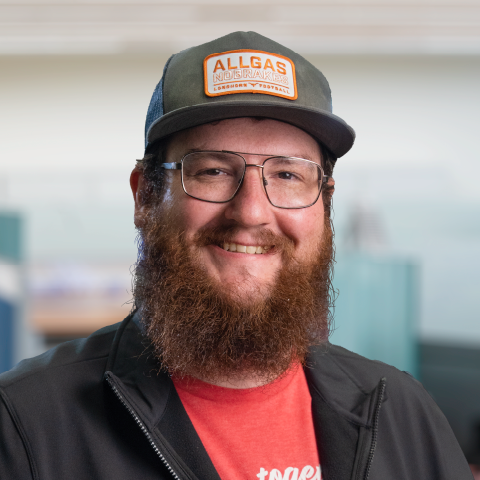
Parker Dillmann
Parker is an Electrical Engineer with backgrounds in Embedded System Design and Digital Signal Processing. He got his start in 2005 by hacking Nintendo consoles into portable gaming units. The following year he designed and produced an Atari 2600 video mod to allow the Atari to display a crisp, RF fuzz free picture on newer TVs. Over a thousand Atari video mods where produced by Parker from 2006 to 2011 and the mod is still made by other enthusiasts in the Atari community.
In 2006, Parker enrolled at The University of Texas at Austin as a Petroleum Engineer. After realizing electronics was his passion he switched majors in 2007 to Electrical and Computer Engineering. Following his previous background in making the Atari 2600 video mod, Parker decided to take more board layout classes and circuit design classes. Other areas of study include robotics, microcontroller theory and design, FPGA development with VHDL and Verilog, and image and signal processing with DSPs. In 2010, Parker won a Ti sponsored Launchpad programming and design contest that was held by the IEEE CS chapter at the University. Parker graduated with a BS in Electrical and Computer Engineering in the Spring of 2012.
In the Summer of 2012, Parker was hired on as an Electrical Engineer at Dynamic Perception to design and prototype new electronic products. Here, Parker learned about full product development cycles and honed his board layout skills. Seeing the difficulties in managing operations and FCC/CE compliance testing, Parker thought there had to be a better way for small electronic companies to get their product out in customer's hands.
Parker also runs the blog, longhornengineer.com, where he posts his personal projects, technical guides, and appnotes about board layout design and components.

Stephen Kraig
Stephen Kraig is a component engineer working in the aerospace industry. He has applied his electrical engineering knowledge in a variety of contexts previously, including oil and gas, contract manufacturing, audio electronic repair, and synthesizer design. A graduate of Texas A&M, Stephen has lived his adult life in the Houston, TX, and Denver, CO, areas.
Stephen has never said no to a project. From building guitar amps (starting when he was 17) to designing and building his own CNC table to fine-tuning the mineral composition of the water he uses to brew beer, he thrives on testing, experimentation, and problem-solving. Tune into the podcast to learn more about the wacky stuff Stephen gets up to.
Special thanks to whixr over at Tymkrs for the intro and outro!
Related Podcasts
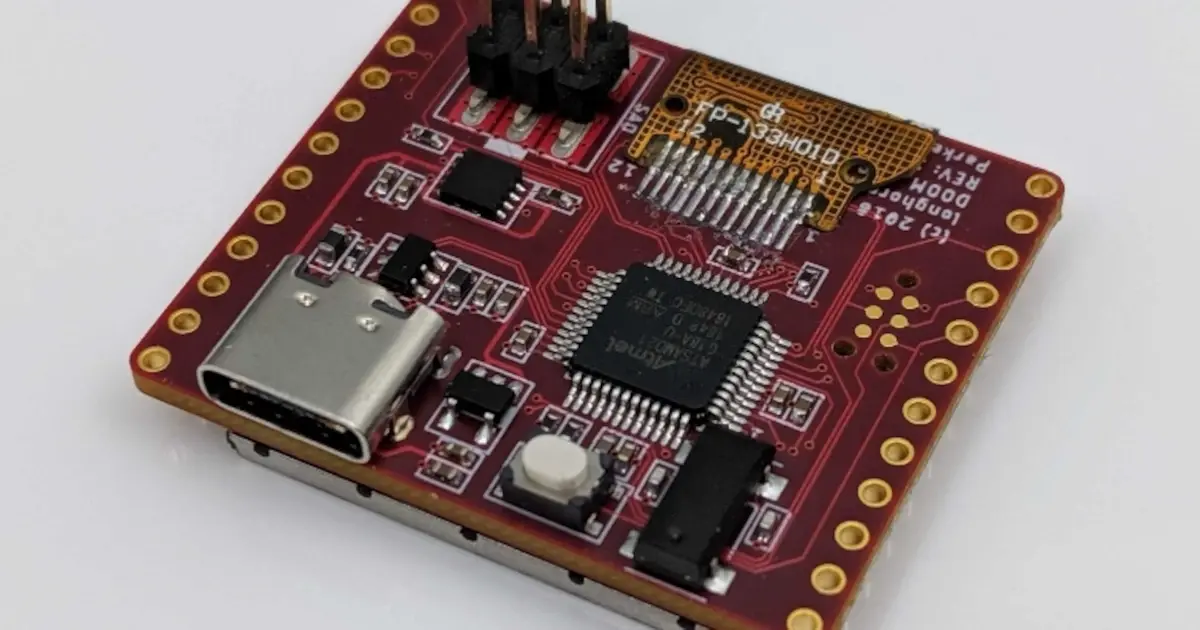
Leeroy Jenkins Transistor
Parker gets test results from his APA-102C experiments and Stephen wraps up REV2 of the MacroAmp!
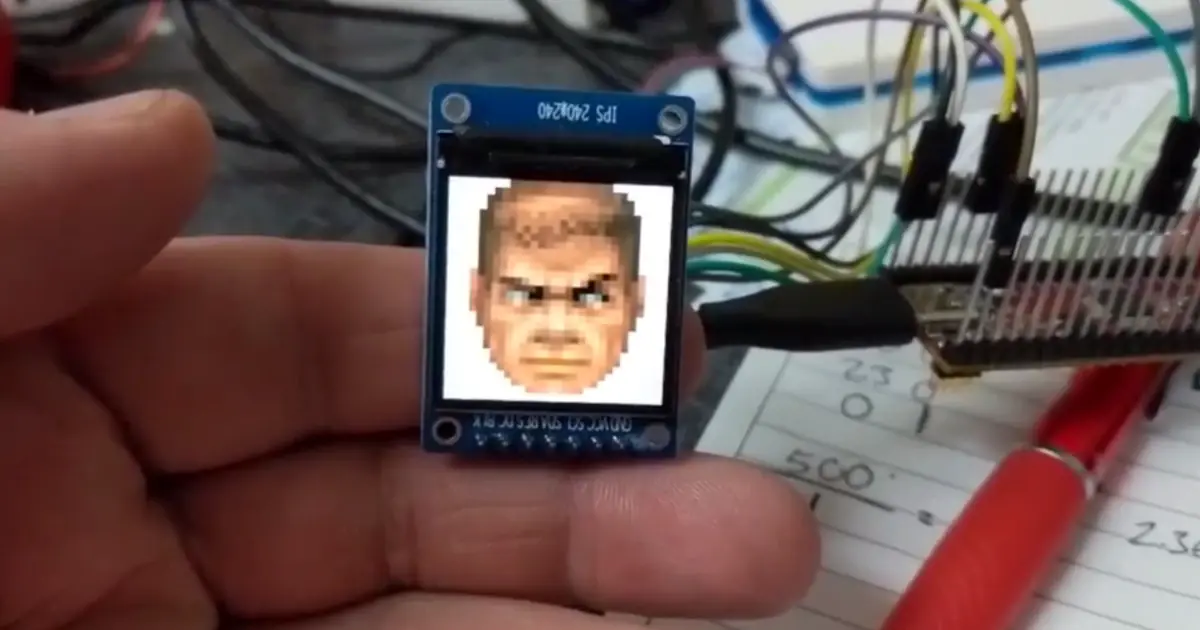
Sidecreeping Gyrations
Parker explains the DOOM SAO and Stephen implements a Gyrator for the MacroAmp!
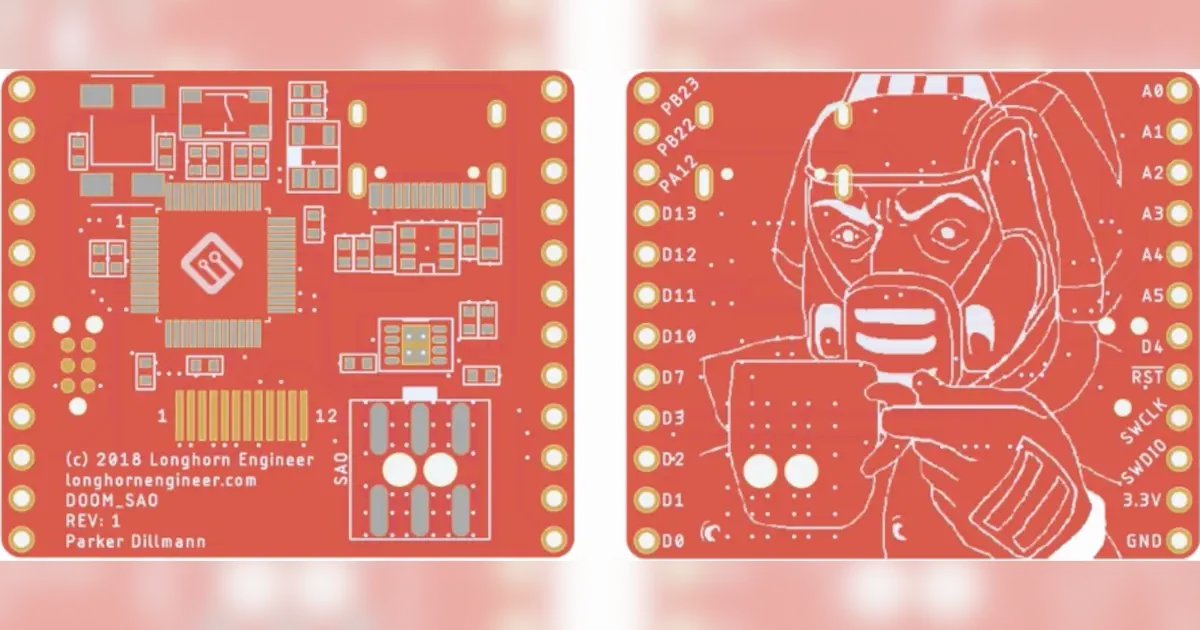
Apply Inspiration Here
Josh Rozier returns to talk about designing and building custom audio transformers.
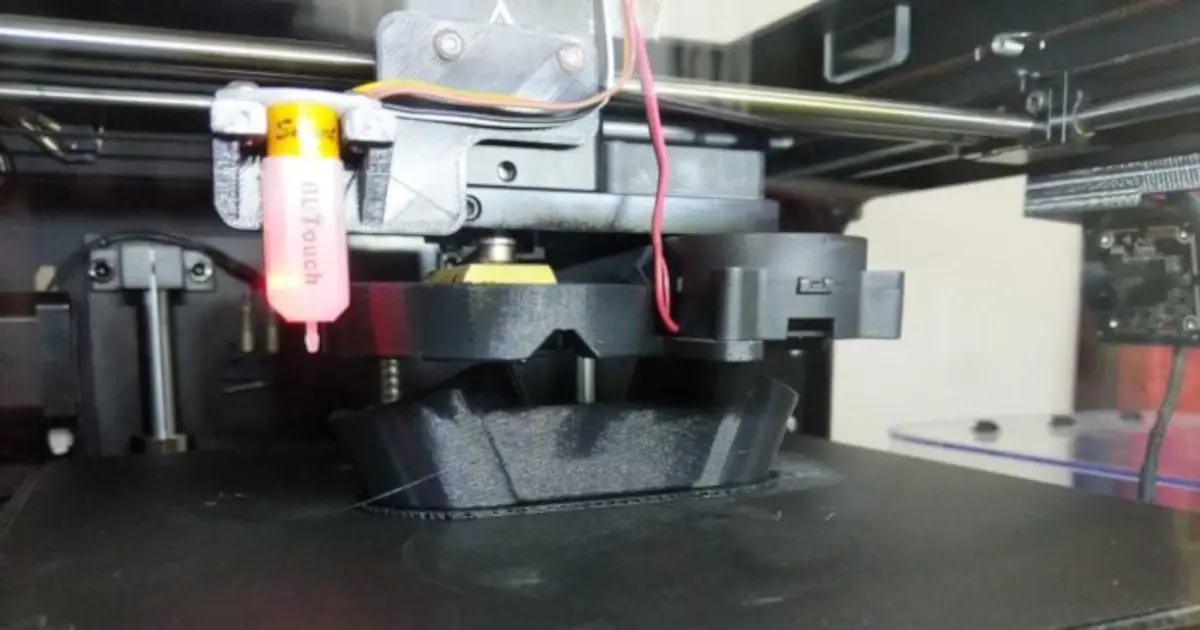
Triode Mode Tariffs
Parker and Stephen talk about the Chinese Tariff increase and 3D printing out of phase music recording.
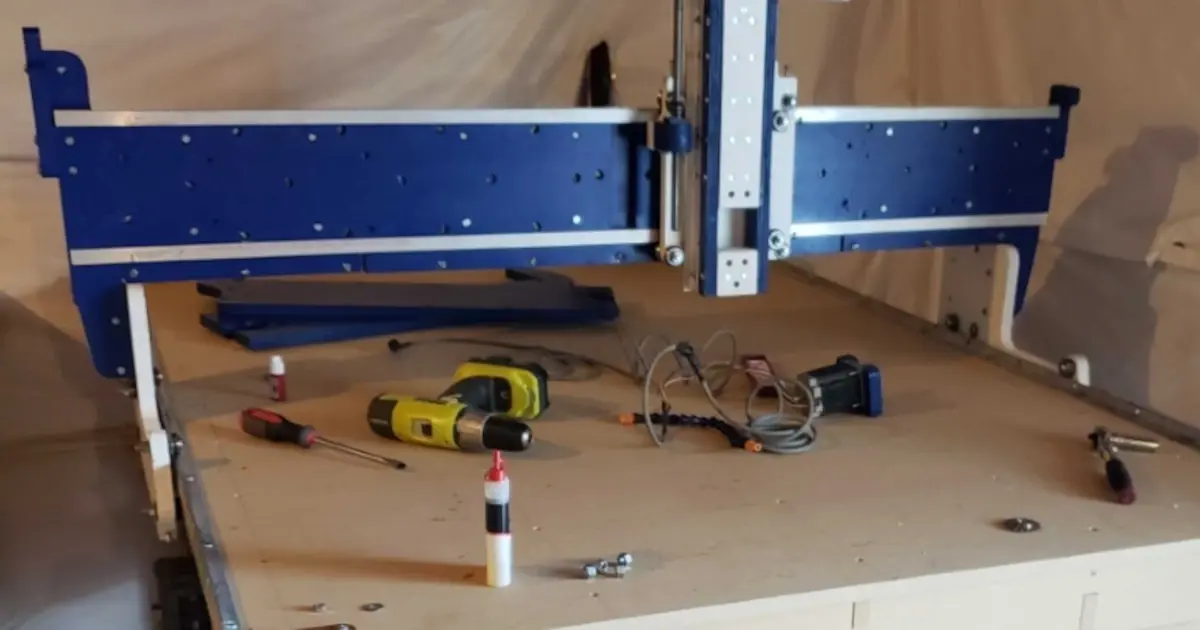
It is Probably Safe
Stephen's rebuild of the CNC is getting close to being completed but first he needs to modify his gantry carriage for the new water cooled spindle!
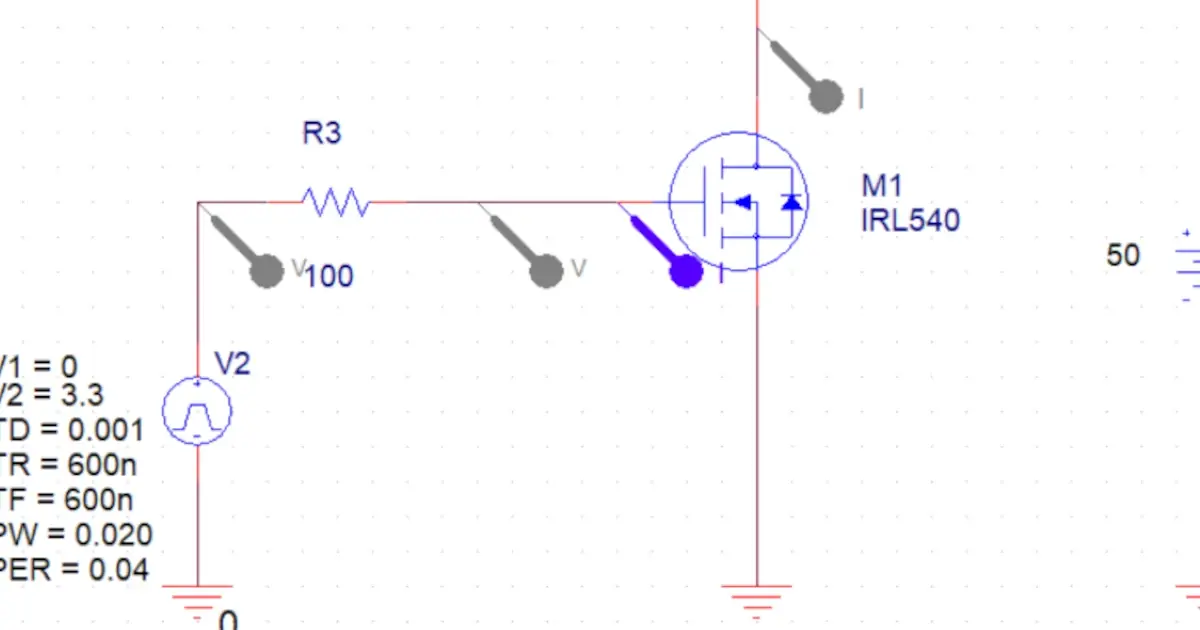
Mach 3 Cheeseburgers
Mach 3 Cheeseburgers, Simulations for the PinoTaur mosfet drivers, and more on this episode of the MacroFab Podcast.
About MacroFab
MacroFab offers comprehensive manufacturing solutions, from your smallest prototyping orders to your largest production needs. Our factory network locations are strategically located across North America, ensuring that we have the flexibility to provide capacity when and where you need it most.
Experience the future of EMS manufacturing with our state-of-the-art technology platform and cutting-edge digital supply chain solutions. At MacroFab, we ensure that your electronics are produced faster, more efficiently, and with fewer logistic problems than ever before.
Take advantage of AI-enabled sourcing opportunities and employ expert teams who are connected through a user-friendly technology platform. Discover how streamlined electronics manufacturing can benefit your business by contacting us today.
